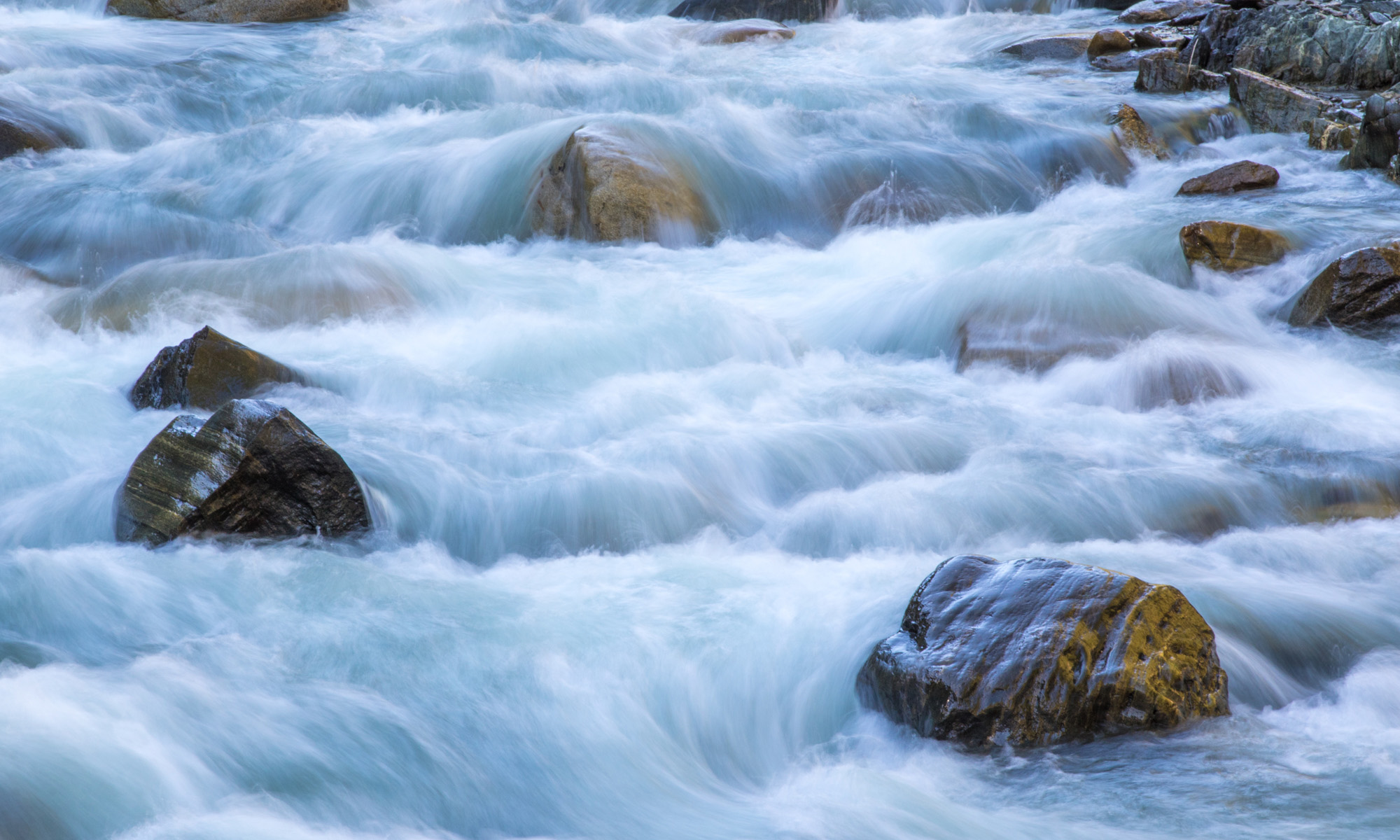Today’s Question: How do you decide how long a long exposure should be to get the right effect? Is there such a thing as making it too long?
Tim’s Quick Answer: Choosing the right exposure duration involves a bit of experience or a review of shutter speeds used for sample photos, taking into account personal preference for the result and the overall lighting conditions. It absolutely is possible to have an exposure duration that is too long, so I don’t recommend simply configuring your camera for the longest possible exposure just because you want to create a long exposure.
More Detail: A big part of the process of choosing a specific shutter speed for a long exposure involves understanding what options are even possible. Getting an extremely long exposure, for example, will generally require a strong solid neutral density filter.
Next, you need to consider your own preferences. For example, with relatively fast-moving water I’ve found that I prefer a shutter speed that isn’t too slow, such as around one-quarter of a second, because this provides a degree of motion blur while retaining a little bit of texture. Other photographers may prefer a longer exposure time such as about fifteen seconds, which provides a very silky-smooth look with a more ethereal effect.
In addition to your own general preferences as a photographer, you may have a different answer in terms of the right motion blur effect depending on the specific subject you’re photographing. For example, while I tend to prefer a shutter speed that isn’t too slow when photographing moving water, when that water is the ocean along a rocky coast I often like to use very long exposure times of fifteen to thirty seconds.
Note, by the way, that I discussed the issue of shutter speeds that are too long in an article in the May 2021 issue of my Pixology magazine. You can learn more about the magazine here:

